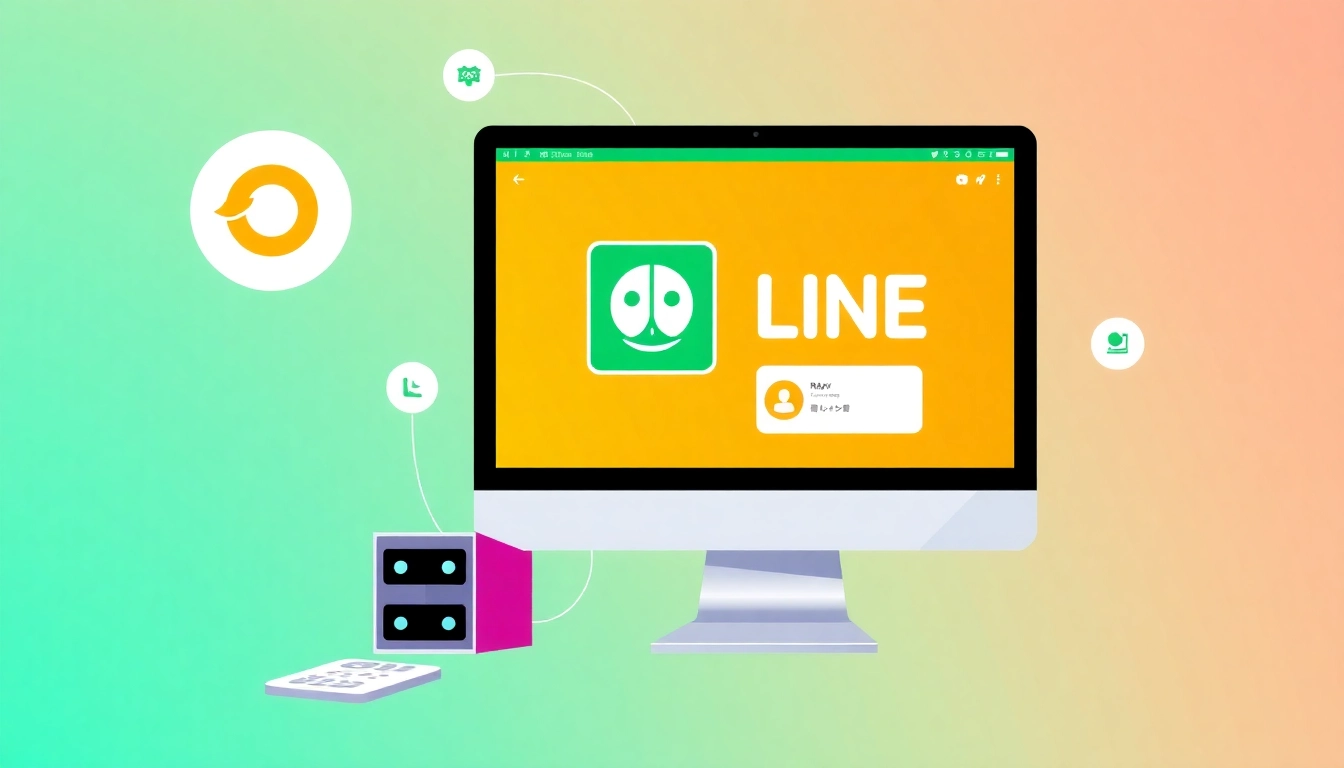Understanding Social media and blog automation
What is Social media and blog automation?
Social media and blog automation refers to the use of specialized software tools and platforms to automate various tasks associated with managing social media accounts and blog content. This includes scheduling posts, sharing content across platforms, managing audience engagement, and analyzing performance metrics. The main goal of automation is to save time, enhance productivity, and ensure a consistent online presence without the need for continuous manual effort. The process can encompass everything from simple scheduling of tweets to complex systems that integrate different types of content delivery and performance tracking.
The importance of automation in digital marketing
As digital marketing becomes increasingly competitive, automation is not just a convenience, but a necessity. Automation streamlines many tedious tasks that marketers face, allowing them to focus on strategy and creativity. Here are some reasons why Social media and blog automation is vital:
- Efficiency: Automating repetitive tasks reduces time spent on mundane aspects of marketing, freeing up resources for more impactful activities.
- Consistency: Regular posting maintains audience engagement and helps keep the brand presence strong across digital platforms.
- Data-Driven Decision Making: Automation tools often come with analytics features that provide insights into what works and what doesn’t, enabling more effective optimization strategies.
- Scalability: As business grows, automation can easily be scaled to handle more tasks without a proportional increase in resources.
Common challenges in implementation
While the benefits of automation are substantial, the implementation can pose several challenges:
- Initial Setup: Configuring new tools and systems can be time-consuming and may require a steep learning curve.
- Choosing the Right Tools: With numerous options available, selecting the right tools that align with specific business needs can be overwhelming.
- Content Quality: Automated processes can sometimes lead to generic posts if not managed correctly, reducing the engagement potential of valuable content.
- Analytics Overload: The abundance of data generated by automation tools can lead to analysis paralysis if not properly configured for actionable insights.
Key Tools for Social media and blog automation
Overview of popular automation tools
There are countless tools designed specifically for social media and blog automation. Some of the most notable include:
- Social Media Management Platforms: Tools such as Hootsuite and Buffer allow users to schedule posts, track engagement metrics, and analyze performance across multiple platforms.
- Content Creation Tools: Services like Canva can aid in designing visually appealing social media graphics, which can be integrated into automated posts.
- Analytics Tools: Programs such as Google Analytics and Facebook Insights provide critical data on content performance and audience behavior.
- Email Marketing Automation: Platforms like Mailchimp help in automatically managing blog subscriptions and notifying readers about new posts.
Comparative analysis of tools available
The effectiveness of automation tools can vary significantly based on user needs, making a comparative analysis essential. Here are several factors to consider:
- User Interface: Assess the ease of use. A complicate setup can hinder rather than help.
- Integration Capabilities: Check if the tool can seamlessly integrate with other tools already in use.
- Analytics Offered: Review the depth of analytics reports and whether they provide actionable insights.
- Cost versus Value: Compare the pricing structures relative to the features offered. Many platforms offer tiered pricing based on usage.
Choosing the right tool for your needs
Selecting the appropriate automation tool is crucial for maximizing efficiency. Here are steps to make the right choice:
- Define your goals: Clarify what you want to achieve with automation, such as saving time or increasing engagement.
- Assess your budget: Determine how much you can afford to spend monthly or yearly on these tools.
- Consider your skill level: Opt for user-friendly options if your team lacks technical expertise.
- Test multiple options: Most tools offer free trials; use these to determine what works best for your workflow.
Best Practices for Effective Social media and blog automation
Creating an automated content calendar
An automated content calendar is crucial for planning and organizing social media and blog posts. Here’s how to create one:
- Identify Key Topics: Research trending topics in your niche and generate a list of key themes to focus on.
- Allocate Resources: Assign team members responsibilities for content creation, approvals, and scheduling.
- Utilize Tools: Leverage tools designed for content calendars that facilitate easy scheduling and adjustments.
- Monitor and Adapt: Regularly review the performance of your posts and adjust your calendar as needed based on audience feedback and analytics.
Integrating analytics for improved performance
Analytics offer insights that can significantly improve performance. Make sure to:
- Regularly track key performance indicators (KPIs) such as engagement rate, click-through rate, and conversion rates.
- Utilize A/B testing to evaluate different content types, posting times, and platforms.
- Incorporate feedback from your audience to refine content strategy and better align with reader expectations.
Avoiding common pitfalls
While automation presents numerous advantages, taking steps to prevent common traps is essential:
- Over-Automation: Strive for a balance between automated content and personally engaging with your audience to maintain authenticity.
- Ignoring Metrics: Failing to use the data provided by your tools can hamper growth. Regularly assess and refine your approach.
- Scheduling Mistakes: Incorrectly timed posts can lead to disengagement. Utilize analytic insights to determine optimal posting times.
Strategies for Enhancing Engagement with Automation
Using automation for personalized interaction
Automation should not eliminate personalized interactions. Here’s how to blend both:
- Utilize automated response systems for initial engagement while ensuring personal follow-ups on significant interactions.
- Segment your audience and send tailored content based on their preferences, driven by automation tools.
- Incorporate user-generated content into your posts, allowing automation to streamline the sharing process while celebrating your community.
Timing and frequency of posts
The timing and frequency of your posts are critical for maximizing engagement. Consider the following:
- Use analytics to identify when your audience is most active and schedule content accordingly.
- Maintain a consistent posting frequency that keeps your audience engaged without overwhelming them.
- Experiment with different posting times to identify any shifts in engagement that could inform future scheduling.
Measuring engagement success
To effectively measure engagement success, you need to track various metrics:
- Engagement Rate: Track likes, shares, comments, and overall audience interaction with your posts.
- Click-Through Rate: Monitor how many people click on links within your posts leading to further content.
- Conversion Rate: Assess the percentage of users who take a desired action post-engagement, such as signing up for newsletters or making a purchase.
Future Trends in Social media and blog automation
Emerging technologies shaping automation
The landscape of automation is evolving rapidly with the introduction of new technologies such as:
- Artificial Intelligence: AI is increasingly being used to create smarter algorithms for content personalization and audience targeting, promoting more relevant interactions.
- Machine Learning: As it becomes more sophisticated, machine learning can help automate and enhance the analysis of audience data, leading to improved strategizing.
- Natural Language Processing: This technology can assist in generating content that resonates with audiences by analyzing speech and textual patterns.
The role of AI in future automation strategies
Artificial intelligence will play a fundamental role in future automation, aiding in:
- Content Curation: AI can streamline the content discovery process, ensuring that only the most relevant and engaging posts are shared.
- Sentiment Analysis: Automating the analysis of audience sentiment can allow brands to respond more effectively to feedback and tailor their strategies.
- Dynamic Content Creation: AI tools capable of generating content in real-time based on audience behavior are on the rise, enhancing engagement opportunities.
Preparing for changes in social media policies
As platforms evolve, so do their policies, requiring brands to stay informed and adaptable. To prepare:
- Stay updated on policy changes for the platforms you’re using to avoid potential penalties.
- Understand and adopt ethical automation practices that align with new regulations.
- Continuously review and adjust your strategy to ensure compliance with evolving standards while maximizing engagement.



